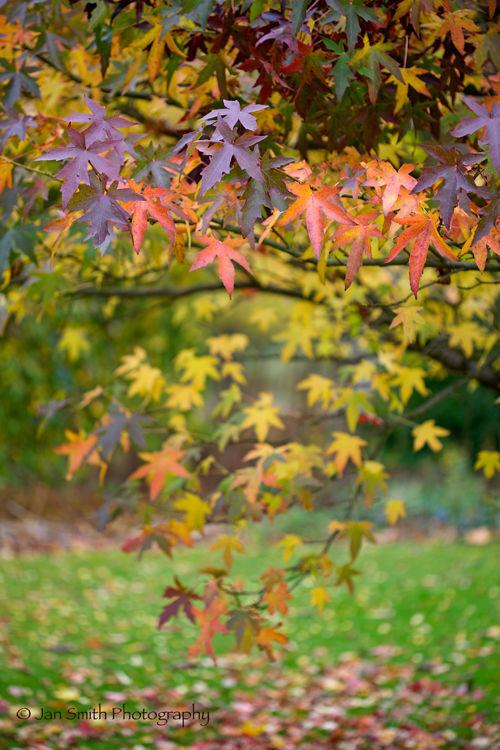Beyond the pretty and expected: My Rant on Rationing One's time in Photography!
This discussion excludes, for now, any reference to a paid job or work for sale.
My own modest suggestions here are put forward for anyone wanting to go in the "art-training" direction Ken has so often advocated. This is for us to travel beyond the usual prettiness, iconographs and National Park repeats of much photography we see on the web.
The Rant:
To begin this journey, ene should write down the purpose and scope of one future project in mind, sketch ideas then walk around galleries with that general topic, just to get a flavor of what is possible. One concept even lightly framed is fine. Make notes.
At that point, one realizes how large the world of art might be. If one is not yet humbled, enough galleries have not been visited, or one needs to rent the audiotape to go around the exhibit again. The curators of modern museums do an excellent job in presenting art in a perspective to development of concepts and evolution of styles, subjects and the parameters by which art might be appreciated. I usually buy one small booklet on the part of the collection I spent the most time with and read it several times. It likely represents many generations of creative analysis by curators and art historians and at $10-20 is always a bargain.
The idea is to activate openness to new experience and appreciation of esthetic possibilities in building an image; no need to memorize anything, just to look, hear and read. It will become part of our language. One just need enough to be in awe, inspired, humble and energized.
Then, one should take a drawing class!
Put the camera aside except when one is up to date with the drawing assignments. One project, one class, one book! No photographic workshops or new books or gear until a project is completed in a related series of subjects that exploit the learning of that drawing class. Take pride in not spending money.
Use the simplest camera and one lens. Print the pictures, draw on them and then take them back to the drawing class to get feedback. Make notes on how one is doing a revise one's goals and tactics based on the lessons from the class and feedback.
The important thing is that for progressing in photography only the simplest 2-3 MP camera is needed with one lens as this has to serve just as a sketch pad to further one's art education. Don't bother about sharp focus, MTF or any technical considerations, just the esthetics: what we need to do to get our ideas materialized. If one still feels a need for must-have new gear in the first year, we're probably not doing enough drawing nor likely developing insight and modesty!
At the very least, if one believes that one has enough knowledge of art, reinforce this background by visiting at least 24 art and music exhibits/performances a year.
Ask of oneself, "What an I experiencing and what is it's consequence to me and others?"
Art objects are not silent. Music is not foreign to art. Rhythms and melodies can be represented also in sculpture and canvas. Art is all about physical implementation of concepts and then we're pulled into new worlds in which the original ideas are fully performed in our minds.
Please excuse me giving professorial prescriptions for progress. That's, perhaps, my academic background kicking in! From my own struggles, I am, at least, gathering some idea of the landscape that has to be traversed. Hopefully, more than a few of us might use these ideas to better resist the hype in photographic gear and calls of the gurus! Getting a handle on creative expression is surely the foundation for photography not an added ingredient. So, go the the source, which is the art school. There are numerous drawing classes in schools and colleges as well as National Parks.
Asher










